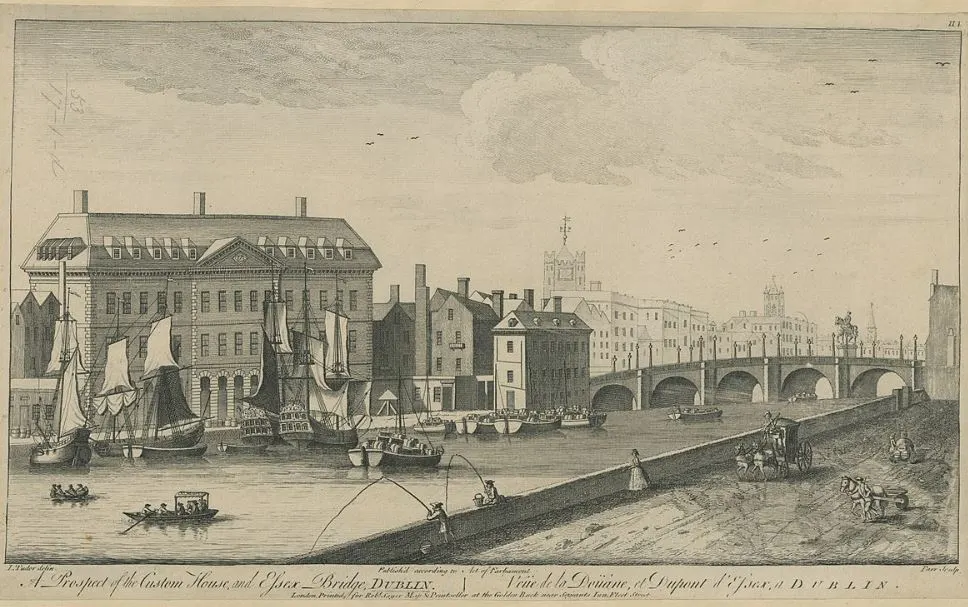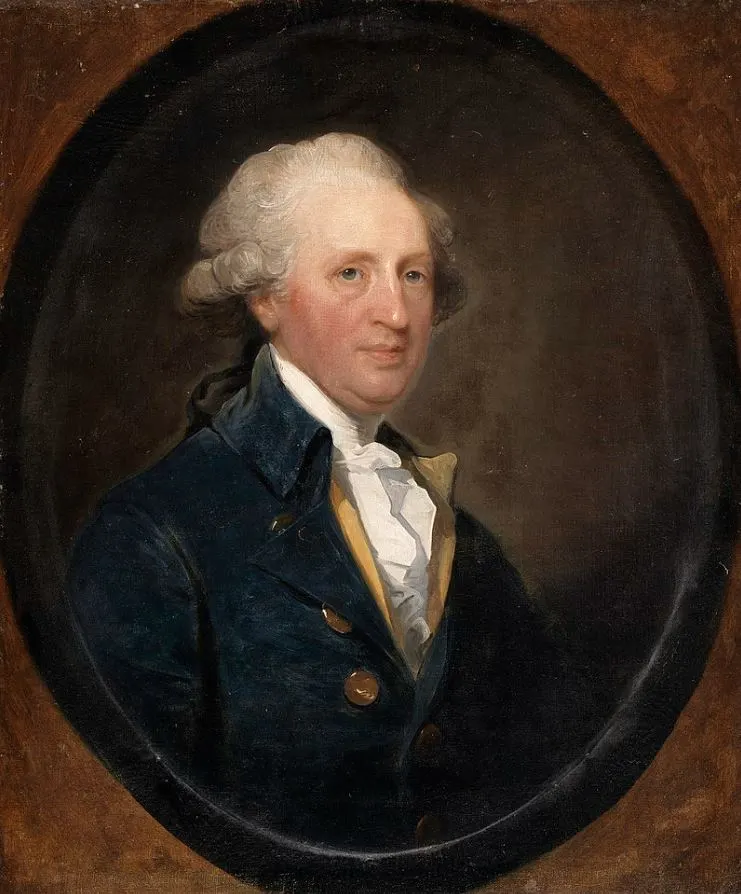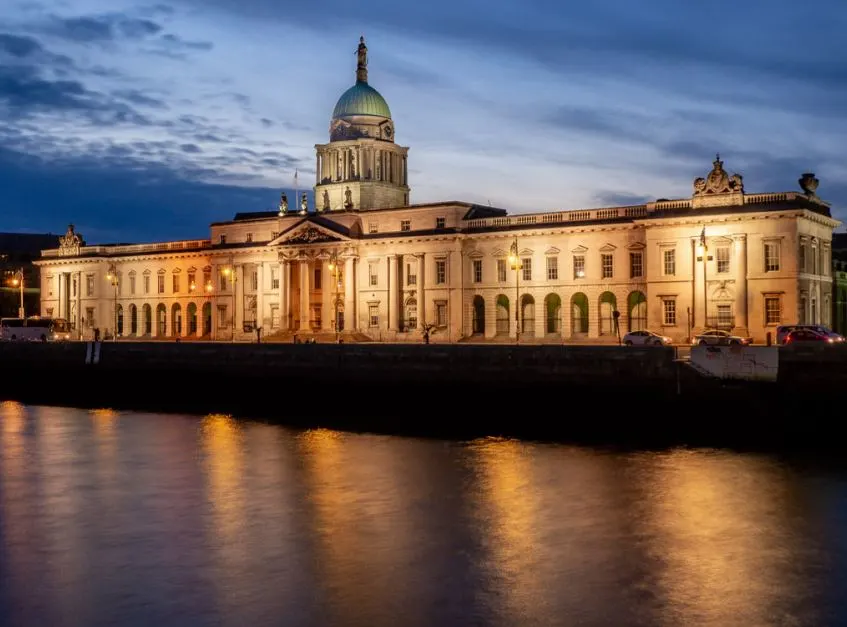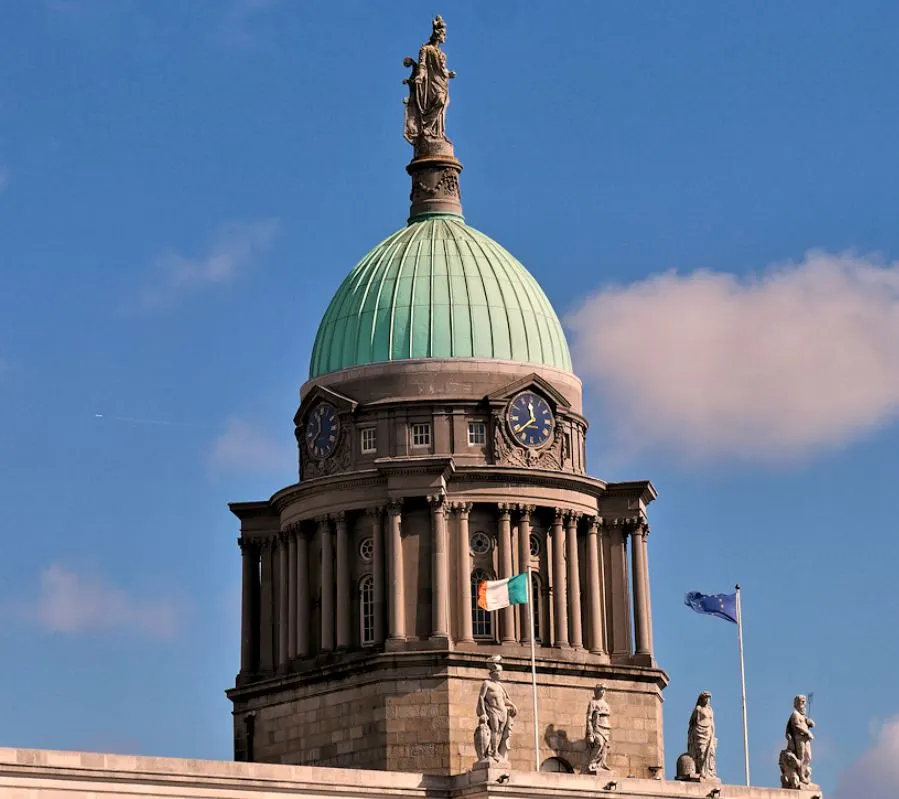The capital city of Ireland is home to one of the most stunning and influential Neoclassical buildings in the country.
The Custom House is located along the banks of the River Liffey in the heart of the city and is definitely one of the most notable landmarks in Dublin.
Let’s take a closer look at this building’s interesting history and how it influenced similar buildings around the world.
1. It’s located on a Quay between two bridges in central Dublin
Dublin was established along the banks of the River Liffey, and more specifically, near the mouth of the river where it enters Dublin Bay.
Just east of Wood Quay, the location of a former Viking settlement, you can find a Neoclassical building that occupies a large chunk of Custom House Quay.
The building was constructed in the late 18th century and is situated today between Butt Bridge (upstream) and Talbot Memorial Bridge (downstream).
The southern façade faces the River Liffey and this is arguably one of the most iconic sights of Dublin (even though the Samuel Beckett Bridge further upstream is definitely a close competitor).

2. It was constructed on the location of a former early 18th-century Custom House
The building has a history that exceeds well over 2 centuries. This makes it all the more remarkable that it was preceded by an even older building that served the same purpose.
The Old Custom House was constructed in 1707, shortly before the city really started booming in the 18th century.

Because of the fast expansion of Ireland’s capital city, this old structure was deemed unsuitable to oversee all import and export of goods in the city and it was replaced by the much larger building we can see today.
It was temporarily used as barracks during the Napoleonic Wars and demolished between 1812 and 1814. Today, Wellington Quay near Temple Bar is located where this building once stood.

3. It was commissioned by a famous Irish politician
The idea for a new building came from an Anglo-Irish politician named John Beresford (1738-1805), a man who started his political career in 1761.
This was the year that he entered the Irish House of Commons as a representative for Waterford County, a position he held pretty much his entire life.
When he became the first commissioner of revenue for Ireland in 1780, he commissioned a monumental landmark to replace the outdated Old Custom House in the city.
Of course, as the first commissioner of Ireland, he was one of the most powerful people in the country at the time.

4. The Neoclassical building was designed by an English architect
In order to build the new Custom House in Dublin, Beresford hired an English architect in 1781 named James Gandon (1743-1823).
This was a remarkable choice because even though most of his accomplishments are located in Ireland, he never designed a major building in the country before he earned this commission.
The building features 4 façades in the typical Neoclassical style that increasingly became more popular in the late 18th century.
It’s decorated with sculptures that represent the 4 major rivers of Ireland and several coats-of-arms.
Other famous buildings by Gandon include the Four Courts, the King’s Inns, and the House of Lord’s Entrance of the Irish Houses of Parliament.

5. It took about a decade to build this very expensive landmark in Dublin
John Beresford basically handled the finances of Ireland in the late 18th century in his position as first commissioner, and he let the money roll on this project.
The construction started in 1781 and it was only opened for business for the first time on November 7, 1791, about a decade after the first stone was laid.
Upon completion, about £200,000 had been spent, the equivalent of nearly £24 million today.

6. The building wasn’t exactly welcomed during the construction phase
The financial burden was made a lot heavier because of the location that had been chosen to build this monumental structure.
This was a swampy area in the late 18th century which made it much harder to build the foundations. Because of this, Beresford had a hard time purchasing the land.
On top of the practical concerns, the Dublin Corporation and several city merchants opposed the construction because they feared it would hurt their business.
Thousands went on the streets to protest, but Beresford continued. Because of his stubbornness, we can admire this beautiful landmark in Dublin today.

7. The central dome of the building isn’t the original one (and it clearly shows)
The Irish Republican Army saw the building as the epitome of British rule in Ireland during the Irish War of Independence (1919-1921).
They decided to burn down the building in 1921 and this not only destroyed a large number of tax records but also the interior and the central dome which collapsed.
The Anglo-Irish Treaty was signed shortly after which established the Irish Free State. This newly-found government initiated the reconstruction of the building, including the dome.
The original Portland Sten was much whiter than the Irish Ardbraccan limestone that was used to rebuild the structure.

8. The building houses a government office and serves as a tourist attraction today
Do you want to visit the Custom House in Dublin?
You can! Even though the building still houses the Irish Department of Housing, Local Government, and Heritage, it also serves as a tourist attraction today.
Inside the building, there’s an exhibition where you can learn all about the building’s construction In the 18th century and reconstruction in the 20th century.

